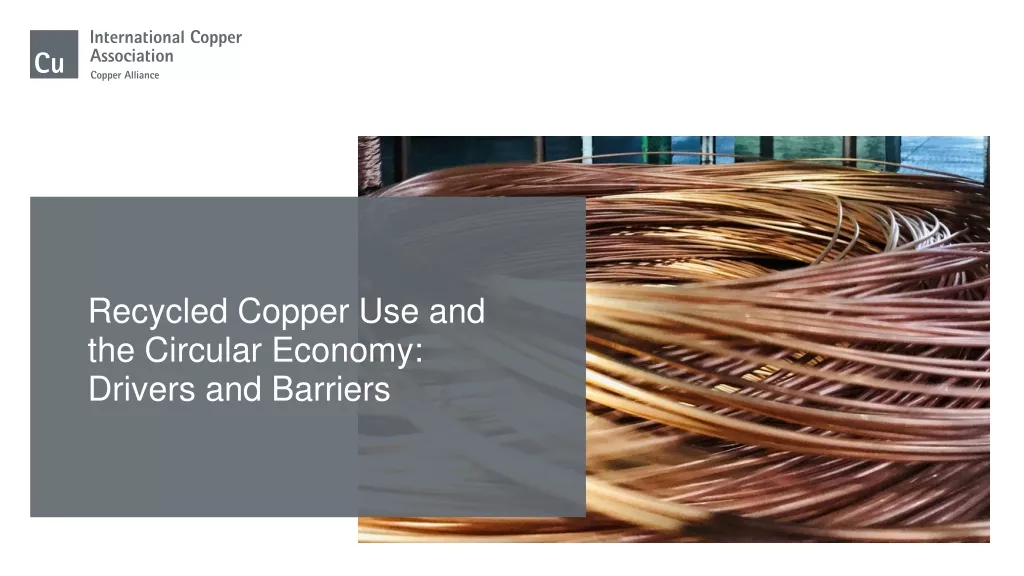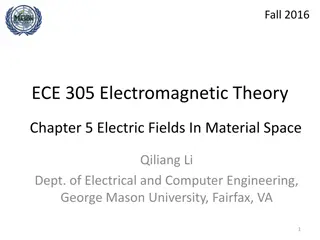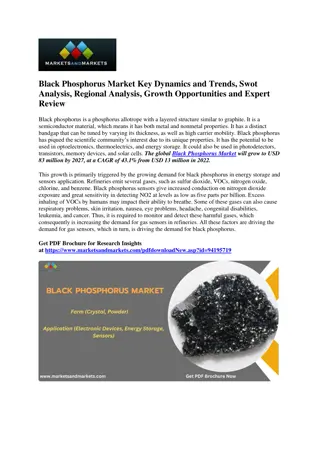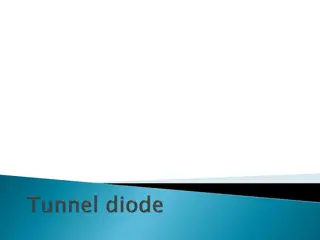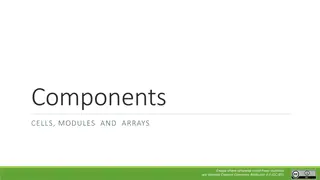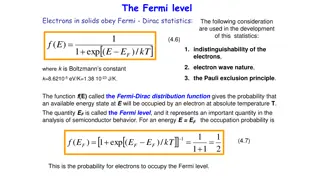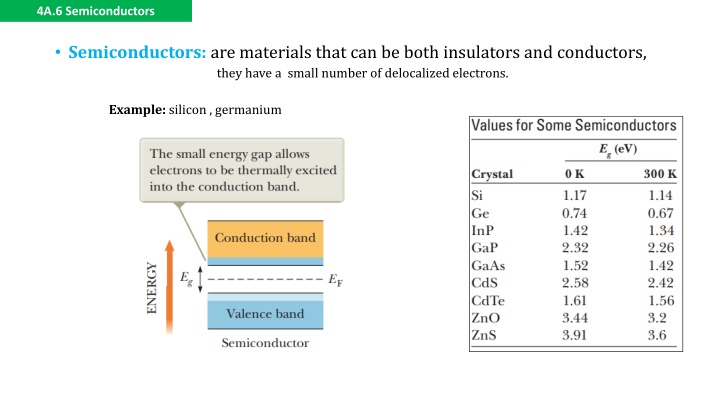
Semiconductors: Properties and Applications
Explore the world of semiconductors and learn about their unique properties, including their ability to act as both insulators and conductors. Discover examples like silicon and germanium, and understand how increasing temperature affects their conductivity. Delve into semiconductor components like diodes, LEDs, transistors, and more through I-V curves and electron-hole pairs. Uncover the role of electron-hole pairs in facilitating current flow and the reason behind the decrease in a thermistor's resistance with higher temperatures.
Download Presentation

Please find below an Image/Link to download the presentation.
The content on the website is provided AS IS for your information and personal use only. It may not be sold, licensed, or shared on other websites without obtaining consent from the author. If you encounter any issues during the download, it is possible that the publisher has removed the file from their server.
You are allowed to download the files provided on this website for personal or commercial use, subject to the condition that they are used lawfully. All files are the property of their respective owners.
The content on the website is provided AS IS for your information and personal use only. It may not be sold, licensed, or shared on other websites without obtaining consent from the author.
E N D
Presentation Transcript
4A.6 Semiconductors Semiconductors: are materials that can be both insulators and conductors, they have a small number of delocalized electrons. Example: silicon , germanium
4A.6 Semiconductors Semiconductors: are materials that can be both insulators and conductors, they have a small number of delocalized electrons. Example: silicon , germanium the energy band gap for insulator is much larger than that of semiconductors and conductors, hence why it s difficult for electrons to move to the conduction band.
4A.6 Semiconductors Semiconductors: are materials that can be both insulators and conductors, they have a small number of delocalized electrons. Example: silicon , germanium Sample question: Why does the band gap of semiconductors decrease as temperature increase (in contrast to conductors). Or why do semiconductors become more conductive at higher temperatures ? A: Because as temperature is increased, more energy is available for the electrons to jump to the conduction band. [this is because heat imparts vibrations to the atoms and electrons, which makes its easier for electrons to jump to the conduction band]
4A.6 Semiconductors I-V curve for a diode: Example of semiconducting component: - Diode - LED - Transistor - thermistor
4A.6 Semiconductors I-V curve for various components:
4A.6 Semiconductors I-V curve for various components: Think about it Why does the resistance of a thermistor decreases with increased temperature ? (Hint: it s a semiconductor)
4A.6 Semiconductors Electron hole pairs: in semiconductors, the electrons jump from valence to conduction band leaving holes behind them. These electrons (and holes) are what allow movement of current. Reminder: In solutions, it is not only the electrons that can conduct current, but ions as well.
4A.6 Semiconductors Electron hole pairs: in semiconductors, the electrons jump from valence to conduction band leaving holes behind them. These electrons (and holes) are what allow movement of current. Reminder: In solutions, it is not only the electrons that can conduct current, but ions as well.
4A.6 Semiconductors Superconductivity: as a conductor (metal) is cooled to very low temperatures, the metal becomes a better and better conductor, below some critical temperature, the resistance drops to Zero, the metal exhibits superconductivity. Some ceramics exhibit superconductivity at higher temperatures than metals Uses: MRI where powerful currents are needed for the magnetic fields LHC & accelerators

